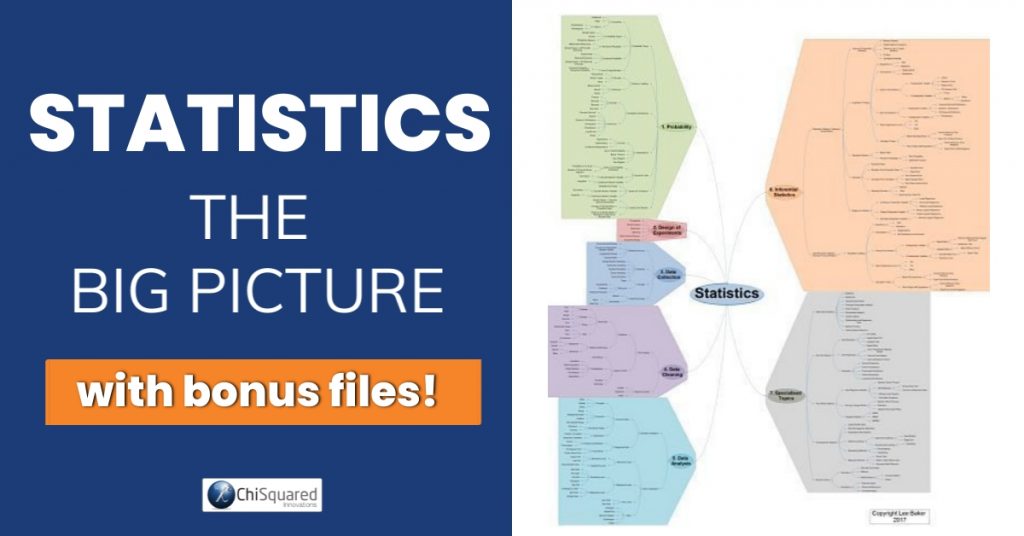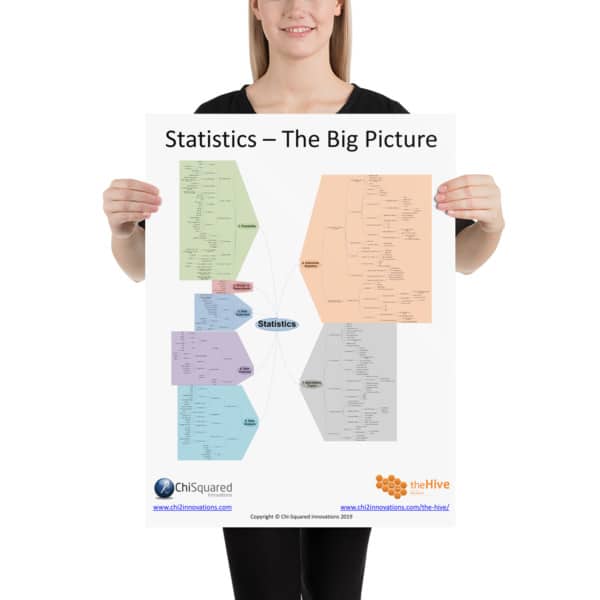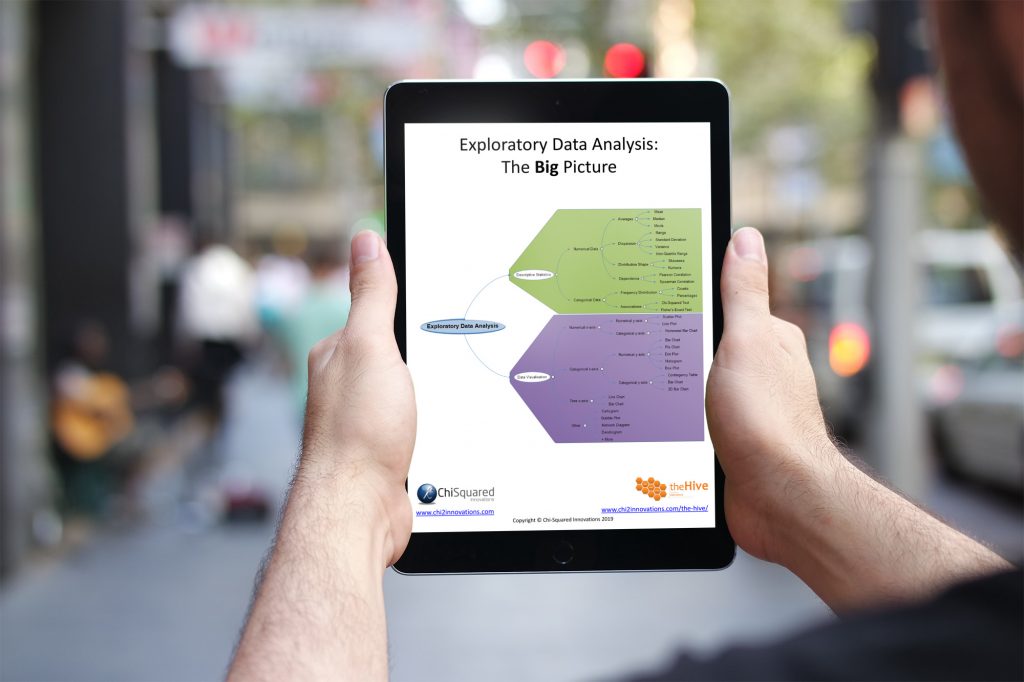Ever felt like a lab rat trying to navigate experimental design? All those variables, controls, and statistical tests can be a dizzying maze. But with the right blueprint, designing robust experiments doesn't have to be so perplexing.
In this post, we’ll demystify the key principles of experimental design step-by-step. You’ll learn how to craft well-controlled experiments that produce valid, reliable results. From formulating hypotheses to analyzing data, I’ll walk you through the process using easy-to-grasp examples.
Whether you're a student gearing up for a big science project or a researcher designing pivotal studies, you’ll discover techniques to optimize your experimental approach. We’ll also discuss common pitfalls that can undermine the integrity of your results.
So get ready to become a master of experimental design. You’ll gain the skills to architect tightly controlled tests yielding actionable discoveries. No need to feel lost in the maze any longer – let’s begin mapping out impactful experiments together!
First, we’ll cover the basics of what an experiment actually is. Understanding the core components provides the foundation.
More...
Disclosure: This post contains affiliate links. This means that if you click one of the links and make a purchase we may receive a small commission at no extra cost to you. As an Amazon Associate we may earn an affiliate commission for purchases you make when using the links in this page.
You can find further details in our TCs
Understanding Experiments
The Scientific Method
Experiments are investigations following the scientific method to study a hypothesis. Key elements include:
- Research question
- Hypothesis stating expected outcome
- Testing methodology to measure results
- Analysis to confirm or reject hypothesis
- Drawing conclusions and reporting findings
Well-designed experiments yield evidence to gain knowledge.
Key Components
Experiments have manipulated independent variables, measured dependent variables, and controlled variables to isolate effects:
- Independent variables are deliberately changed or manipulated. This is the presumed cause.
- Dependent variables are measured responses. This is the observed effect.
- Controlled variables are held constant to prevent confounding effects.
Types of Variables
- Categorical variables have values in groups or categories.
- Continuous variables can take any numeric value in a range.
- Confounding variables aren’t accounted for and can skew results.
Understanding these core experiment components provides a solid base for the design process. Next let’s overview key principles that optimize experimental design.
Discover more in this blog series...
Principles of Experimental Design
Randomization
Randomly assigning subjects to groups ensures no systematic biases affect particular samples. This increases confidence that observed effects result from the independent variable rather than another factor.
Random selection from the target population also improves generalizability of findings. Randomization is a hallmark of rigorous experimental design.
Replication
Replicating experimental conditions multiple times verifies the reliability of results. Effects observed consistently under repeated testing are more credible than one-off findings.
Replication also improves precision by reducing the uncertainty around outcome measurements. Conducting experiments in different settings can further validate generalizability.
Use of Controls
Control groups provide a baseline without exposure to the independent variable. Comparing results to uncontrolled groups reveals the true impact of manipulations.
Placebos are inert controls given to subjects so all groups experience identical conditions. Blinding conceals which group received the actual treatment to limit bias.
Employing strong controls bolsters the internal validity and causality conclusions of experiments. By incorporating these principles, we can design robust experiments. Next we'll outline considerations when planning experiments.
Pin it for later

Need to save this for later?
Pin it to your favourite board and you can get back to it when you're ready.
Design Process and Considerations
Formulating Hypotheses
Well-defined hypotheses guide the experiment design by establishing expected outcomes to test. They transform the research question into operationalized, measurable predictions.
Directional hypotheses state the expected nature of differences between groups (e.g. A > B). Nondirectional hypotheses merely predict a difference.
Selecting Subjects
The target population should reflect the segment you want to generalize conclusions to. Sample selection methods include random sampling and matched sampling based on key traits.
Sample size calculations determine the minimum subjects needed to detect hypothesized effects at the desired statistical power. Budget and feasibility constrain sample sizes.
Choosing Metrics
Identify quantitative metrics corresponding to the variables under investigation. Continuous numerical measurements provide more nuanced data than categorical values.
Ensure the metrics reliably measure the outcomes of interest and are sensitive enough to capture meaningful effects. Pilot testing helps finalize design choices.
Thorough planning at this stage pays dividends when it’s time to execute the experiment and analyze results. Next, we’ll survey some common experimental design frameworks.
How to do Statistics - Do you know all 7 parts of the statistics universe? #statistics #datascience @chi2innovations
Types of Experimental Designs
Between-Subjects Design
In between-subjects designs, the subjects are divided into distinct groups exposed to different conditions. Comparing group outcomes isolates the manipulation impact.
Random assignment to groups is critical for drawing cause-effect conclusions. This approach avoids carryover effects but requires more subjects.
Within-Subjects Design
Within-subjects designs repeatedly measure the same group of subjects under changing conditions. Each subject serves as their own control for comparisons.
This maximizes statistical power with fewer subjects but allows carryover effects between conditions. Counterbalancing helps minimize order biases.
Factorial Designs
Factorial designs combine multiple independent variables into a matrix of conditions. This simultaneously tests both separate and interactive effects of the variables.
For example, a 2x2 design manipulates two binaries like drug dose (high/low) and therapy (present/absent).
More complex factorial combinations are also possible. These efficient designs extract abundant insights from few experiments.
Quasi-Experimental Designs
Quasi-experimental designs lack aspects like random assignment that underpin causal conclusions. But they have pragmatic value for real-world contexts where true experiments aren’t feasible. Comparisons may still be suggestive, if not definitive.
Next we’ll discuss interpreting the data from these designs to reach meaningful conclusions.
Analyzing and Interpreting Results
Statistical Testing
Statistical tests assess whether observed differences between experimental groups are statistically significant and unlikely due to chance. Common tests include t-tests, ANOVA, and regression.
These analyses help determine whether to reject the null hypothesis and support the research hypothesis. Statistical significance indicates an effect too large to be random.
Evaluating Validity
Internal validity means observed effects actually result from the experimental manipulations rather than confounding factors. It supports causal conclusions.
External validity reflects how well findings generalize to wider populations beyond the study sample. This enables drawing broader inferences.
Assessing Reliability
Reliability refers to the consistency and reproducibility of results. Key factors influencing reliability:
- Careful measurement procedures
- Adequate sample size
- Controlling sources of bias
- Randomization
- Multiple replications
Analyzing results relative to the research aims and principles of quality experimental design prevents overstating conclusions. Next we’ll recap some key lessons for developing robust experiments.
Key Takeaways
Define Variables Thoughtfully
Carefully delineate the independent, dependent, and control variables. This provides the experimental backbone.
Incorporate Key Principles
Randomization, replication, use of controls, and blinding boost the validity of results.
Plan Thoroughly
Take time to formulate strong hypotheses, choose appropriate samples and metrics, and select a suitable design.
Analyze Appropriately
Apply statistical tests to assess significance. Evaluate both internal and external validity. Measure reliability.
Design Rigorously
Following scientific methods and sound experimental principles yields credible results that advance knowledge.
Learn Iteratively
Treat initial studies as pilots. Refine approaches over successive experiments as insights grow.
By mastering these key takeaways, you’ll be able to design controlled, rigorous experiments that uncover meaningful insights and move knowledge forward. Next we’ll wrap up with some final thoughts.
Discover more in this blog series...
Summary
Through this post, we've explored the key principles and best practices for optimizing experimental design. You've learned the process from framing hypotheses to analyzing results.
Understanding the core components of experiments provides a solid foundation. Incorporating randomization, replication, controls, and blinding bolsters the validity of your results. Careful planning considerations enable you to architect tightly controlled experiments.
We also surveyed common experimental frameworks like between-subjects designs and factorial designs to expand your methodology toolkit. By mastering techniques to test your hypotheses rigorously, you can uncover new discoveries and move knowledge forward.
Whether you're pursuing original research or a science fair project, this post equips you with skills for impactful experimental design. Keep these lessons in mind, and you can create controlled, reproducible experiments that yield meaningful, trustworthy insights.
Remember - a disciplined, scientific approach pays dividends when leveraging experiments to reveal breakthroughs. So embrace the principles of strategic experimental design as you shape the future with compelling new evidence.
Statistics - The Big Picture: PDF Download
In Statistics - The Big Picture I delve deep into each of these 7 sections so you can see where all the different parts of stats fits in relation to everything else. It helps you to plan every element of your study from beginning to end so you can plot a route through The Big Picture, leaving nothing to chance in your research.
If you want your very own Statistics - The Big Picture to download and keep, you can get an Ultra HD pdf right here (with 50% off!):



